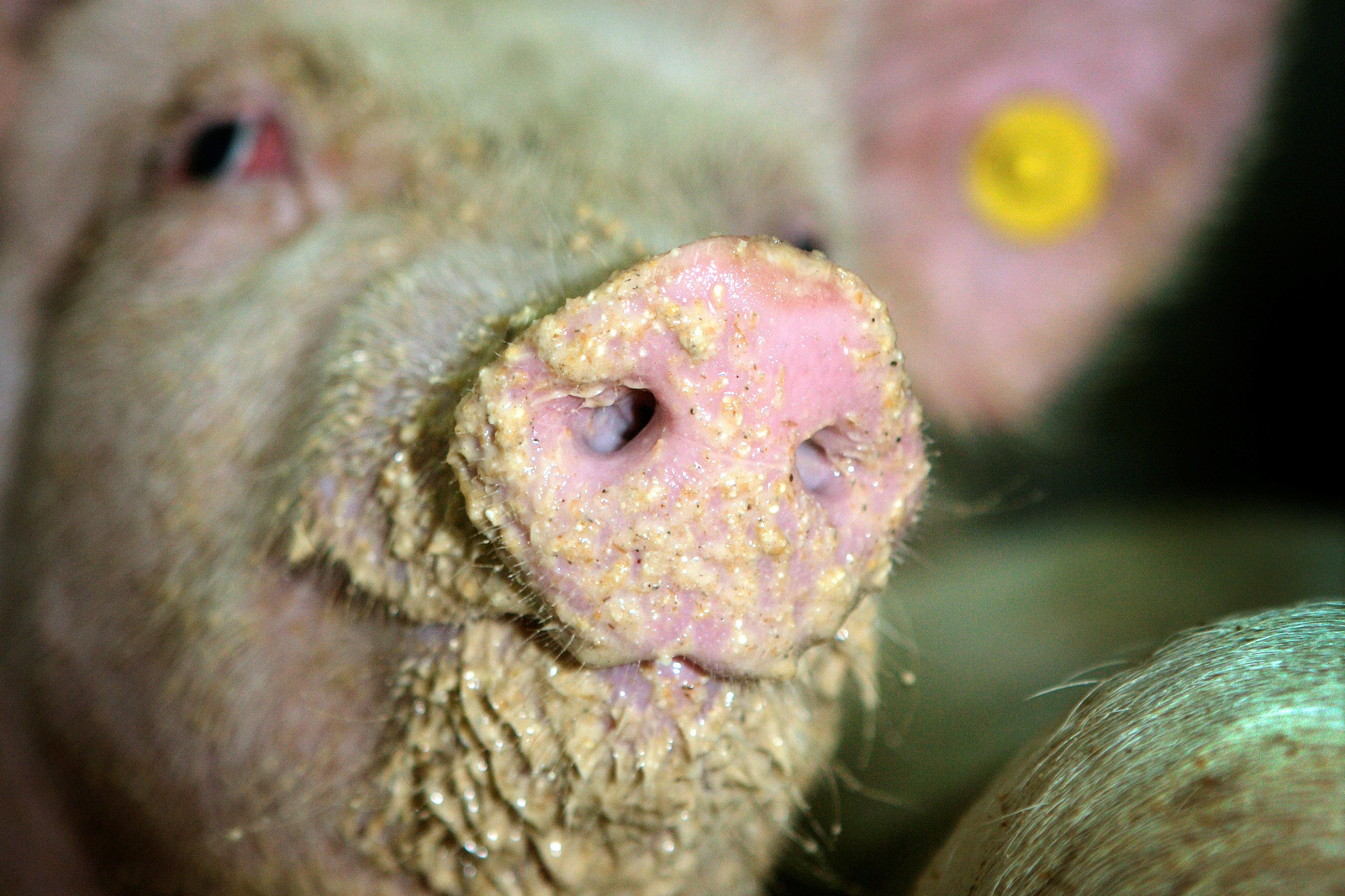“More pigs on fermented feed”

Fermenting pig feed is a promising process, but a challenge to make it a success on a pig farm. By further optimisation of the processes and to deliver a consistent product, Dutch feed company ForFarmers expects that more pig farmers will move to fermented liquid feed.
Fermentation is a process where lactic acid is formed. Lactic acid is good for the intestinal health of pigs. Although this process is not new, it has taken a number of years to optimise the process. Bram van den Oever, pig nutritionist at ForFarmers and specialist of liquid feed and fermentation explains in further detail what the benefits are of this type of feeding. The Dutch feed company has been investing in fermented feed for many years and has developed its own complete concept. ForFarmers developed the bacterial culture for this purpose and supplies raw materials and supplemental feeds.
What has been learned about fermented pig feed so far?
“After the first experiences with fermentation it appeared to be a promising feed concept. The process, however, was too laborious. In addition, feed batches failed and the feed was too variable in quality. Therefore, a lot of time and money has been invested since 2010 to further study fermented pig feed. Since then, a lot has changed, such as the bacterial culture we use, the temperature used and the raw materials which are used for fermentation. Pig farmers simply want a stable product, which can be produced quick and easy and actually improve the health of animals. This can be the incentive for pig farmers to change the feeding system.”
Why is your company so keen to invest in this type of feeding?
“Our ambition is to deliver concepts to our customers so that they can achieve their farm goals as efficiently as possible. The fermentation concept helps our customers to increase their feed efficiency and to lower the feed costs. At the same time, they produce in a more sustainable way with less use of nitrogen and phosphate and less use of antibiotics. This can only be achieved with an overall concept, focusing on a successful fermentation.”
Can you explain what your concept entails?
“We use a higher temperature (38 °C) for the fermentation, by which we reach the desired pH of 4.0 within 10 hours. We also use a liquid bacterial culture. This works faster and better than the freeze-dried cultures that are generally used to make fermented pig feed. It is also less expensive. Every hour in fermentation is important because every hour that the process takes longer, the end product is less stable because unwanted germs (e.g. coliforms) have more time to multiply and do undesirable chemical reactions. This is reflected in higher levels of acetic acid for example, hence having a negative effect on the taste of the product. Together with our fermentation expert Ronald Scholten we have further optimised this concept over the last years.”
What else, besides grain, can be fermented?
“The choice of the right raw material mixture is a determining factor for the fermentation process. We notice that pig farmers more often buy the raw materials themselves and this offers great opportunities to also ferment these products. In the beginning, mainly raw materials such as wheat, barley and rye were used for fermentation. But the quest is on to use other raw materials as well, and to upgrade them via fermentation. Think of lupines, peas and field beans. These can be easily fermented and are more available these days. In addition, they are often cheaper than conventional protein sources.
Fermentation degrades the anti-nutritional factors and hence improves the digestion of the feed. Our goal is to make pig feed out of cow feed and to use fermentation as an ‘extra stomach’ and ‘pre-digester’ for the pigs. This way, low-grade raw materials can be made suitable for the pig.”
What do you expect from 2016?
“Currently, within the customer base of ForFarmers, we feed 35,000 sows, 120,000 pigs and 170,000 pigs with fermented feed. This is equivalent to 4,500 tonnes ferment a week. I expect that this year the concept is really going to take off. I see most growth at the large pig farms in the Netherlands and Germany. This is because large farms often feed separate raw materials and keen to reduce the feed costs even further. The time seems right for pig farmers to start using this concept, as we now have gained more knowledge and thus can provide a very stable product. We note also a greater interest for feeding fermented feed to sows. Studies showed that sows on fermented feed use less feed, wean heavier litters and have an improved gut health. We expect that another 10,000 sows within our customer base will be fed on fermented feed this year. Given the increasing pressure to further reduce antibiotics and emerging issues such as Salmonella, I expect the interest in fermentation only gets bigger in Europe.”











